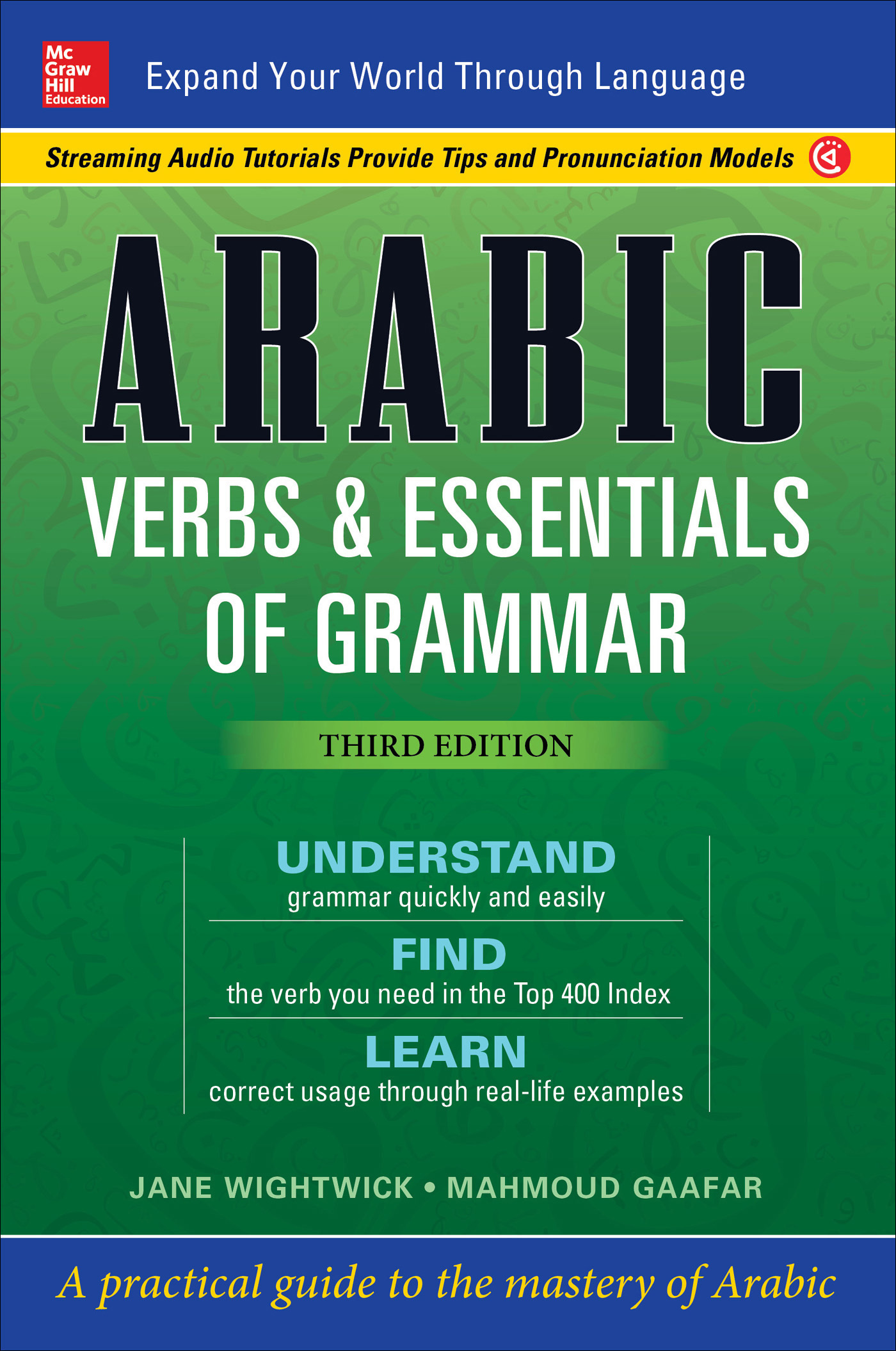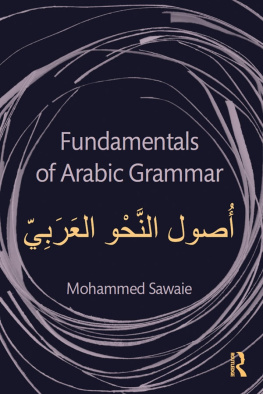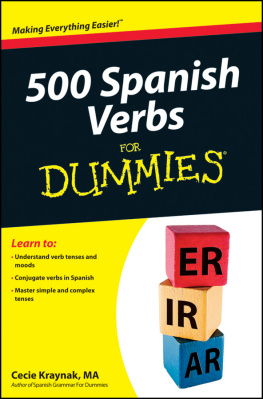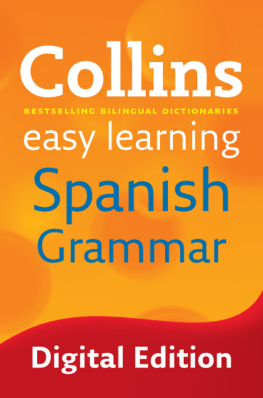Contents
Guide
Page List


Copyright 2018 by McGraw-Hill Education. All rights reserved. Except as permitted under the United States Copyright Act of 1976, no part of this publication may be reproduced or distributed in any form or by any means, or stored in a database or retrieval system, without the prior written permission of the publisher.
ISBN: 978-1-26-003100-3
MHID: 1-26-003100-4
The material in this eBook also appears in the print version of this title: ISBN: 978-1-26-003099-0, MHID: 1-26-003099-7.
eBook conversion by codeMantra
Version 1.0
All trademarks are trademarks of their respective owners. Rather than put a trademark symbol after every occurrence of a trademarked name, we use names in an editorial fashion only, and to the benefit of the trademark owner, with no intention of infringement of the trademark. Where such designations appear in this book, they have been printed with initial caps.
McGraw-Hill Education eBooks are available at special quantity discounts to use as premiums and sales promotions or for use in corporate training programs. To contact a representative, please visit the Contact Us page at www.mhprofessional.com.
McGraw-Hill Education Language Lab App
Audio tutorials are available in our unique Language Lab app to support your study of this book. Go to www.mhlanguagelab.com to access the online version of the application, or to locate links to the mobile app for iOS and Android devices.
Note: Internet access required for streaming audio.
TERMS OF USE
This is a copyrighted work and McGraw-Hill Education and its licensors reserve all rights in and to the work. Use of this work is subject to these terms. Except as permitted under the Copyright Act of 1976 and the right to store and retrieve one copy of the work, you may not decompile, disassemble, reverse engineer, reproduce, modify, create derivative works based upon, transmit, distribute, disseminate, sell, publish or sublicense the work or any part of it without McGraw-Hill Educations prior consent. You may use the work for your own noncommercial and personal use; any other use of the work is strictly prohibited. Your right to use the work may be terminated if you fail to comply with these terms.
THE WORK IS PROVIDED AS IS. McGRAW-HILL EDUCATION AND ITS LICENSORS MAKE NO GUARANTEES OR WARRANTIES AS TO THE ACCURACY, ADEQUACY OR COMPLETENESS OF OR RESULTS TO BE OBTAINED FROM USING THE WORK, INCLUDING ANY INFORMATION THAT CAN BE ACCESSED THROUGH THE WORK VIA HYPERLINK OR OTHERWISE, AND EXPRESSLY DISCLAIM ANY WARRANTY, EXPRESS OR IMPLIED, INCLUDING BUT NOT LIMITED TO IMPLIED WARRANTIES OF MERCHANTABILITY OR FITNESS FOR A PARTICULAR PURPOSE. McGraw-Hill Education and its licensors do not warrant or guarantee that the functions contained in the work will meet your requirements or that its operation will be uninterrupted or error free. Neither McGraw-Hill Education nor its licensors shall be liable to you or anyone else for any inaccuracy, error or omission, regardless of cause, in the work or for any damages resulting therefrom. McGraw-Hill Education has no responsibility for the content of any information accessed through the work. Under no circumstances shall McGraw-Hill Education and/or its licensors be liable for any indirect, incidental, special, punitive, consequential or similar damages that result from the use of or inability to use the work, even if any of them has been advised of the possibility of such damages. This limitation of liability shall apply to any claim or cause whatsoever whether such claim or cause arises in contract, tort or otherwise.
Contents
Introduction
Arabic Verbs and the Essentials of Grammar is intended for beginning and intermediate learners of Arabic. You could be studying in a group or by yourself. This guide covers most of what you will need to know about Arabic verbs during your study of modern Arabic, and also provides a useful summary of the main grammar points.
We are assuming a basic knowledge of the Arabic script as it is not possible to teach this skill within the parameters of this guide. However, to help you we have also included transliteration throughout, using a simplified system (see Appendix (i), ).
Arabic Verbs and the Essentials of Grammar also includes a comprehensive Verb Index listing 400 high-frequency Arabic Verbs (including all those in this book). The index will enable you to look up individual verbs in Arabic or English alphabetical order and find out their pronunciation, root letters and type. You will then be able to reference them to the relevant sections in this book.
This is a study aid rather than a course. However, there is progression in the two main parts of the book, or you can simply dip in to brush up on a particular area.
Authors Tutorials
This third edition also includes companion audio Authors Tutorials. These are friendly talks which will help you to understand the system of Arabic roots, and introduce you to the variations that these can produce.
Access the Authors Tutorials in the McGraw-Hill Education Language Lab, available at mhlanguagelab.com and in the app store.
Chapters that include audio Authors Tutorials are marked with this symbol: 
We hope you find this guide a useful tool in your study of Arabic.

1 The Arabic root system
The key to understanding how Arabic grammar works is in its system of roots. Once you understand how roots work, you can start to identify which are the root letters of a word and understand the patterns they produce. You will then be able to form the different structures following the patterns and use your knowledge to pronounce words correctly and to guess at the meaning of vocabulary.
We can begin by looking at some English words:
necessary
unnecessary
necessitate
necessarily
necessity
As a speaker of English, you can see that these words are connected in meaning. You see the combination of letters necess and you know that this word is connected with the meaning of needing. You can recognize the extra letters on the beginning and end of the word as additional to the meaning: un- meaning not; the ending -ity showing that the word is a noun; -ly that it is an adverb, etc.
Now look at these Arabic words:
 (kataba) he wrote
(kataba) he wrote
 (kitaab) book
(kitaab) book
 (maktab) office
(maktab) office
 (yaktub) he writes
(yaktub) he writes
 (
(













 (kataba) he wrote
(kataba) he wrote (kitaab) book
(kitaab) book (maktab) office
(maktab) office (yaktub) he writes
(yaktub) he writes (
(